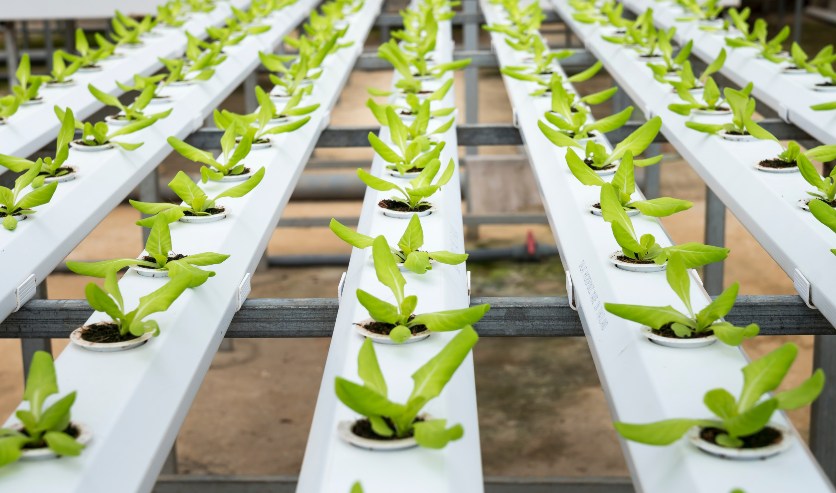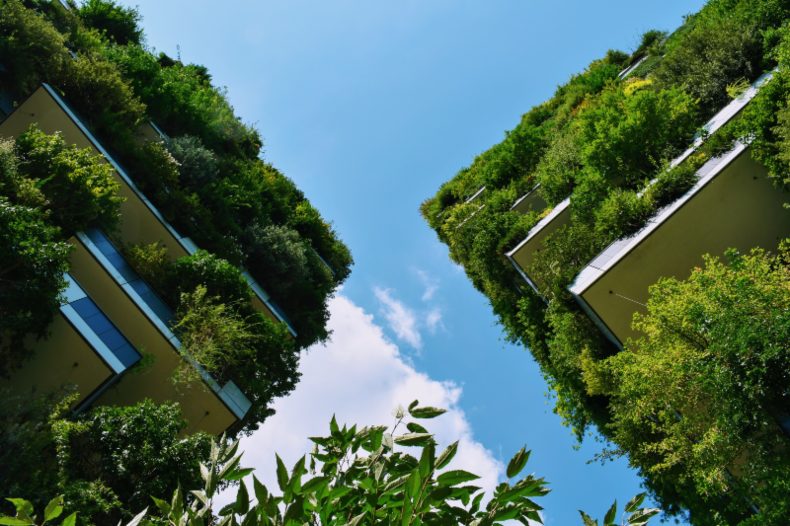In the Philippines, hydroponics provides potential solutions to the country’s agricultural problems. Similarly, other countries across the globe have also made significant innovations in their respective agricultural markets. Such development has led to several potential investment opportunities, so interested parties should capitalize on the growth of the global hydroponics industry.
To get an overview of hydroponics development in leading markets worldwide and how the innovation of hydroponics in several countries can be utilized as a framework, read this excerpt from our white paper, Food Resilience through Sustainable Hydroponic Agribusiness in the Philippines, which you can read in full here.
The Growing Global Interest in Hydroponics
The global hydroponics crop market is valued at around 37.7 billion USD as of 2022, and is projected to grow at an overall CAGR of 7%. It is expected to reach 53.4 billion USD by 2013. Globally, Europe and North America constitute the biggest hydroponic markets as they are also known to have the biggest advanced hydroponic farms versus other regions. Both the North America and Asia Pacific (APAC) regions are expected to grow the fastest at 17% CAGR.
The growth is expected to be driven by the commercialization of smaller hydroponic farms and innovation towards less labor intensive, cost-effective, higher output yielding and controlled-environment agriculture—this hints at the potential for synergy among smaller agribusinesses to pool existing technologies and expertise investors looking to fund businesses in the industry in the Philippines to build a substantial market presence, as global interest in hydroponics may attract potential industry investors. For decades, several studies have been conducted for modern farming particularly for hydroponics. While more sophisticated techniques have emerged, the goal of hydroponic researchers has been to optimize hydroponic farming to make it cheaper, more efficient, and more accessible.
What was once a manual labor-intensive profession is now shifting into a more data-driven and highly technical approach. The image of farmers in overalls under the sun, may as well evolve into an image of a farmer in a lab coat with personal protective equipment inside an air-conditioned, climate-controlled greenhouse.
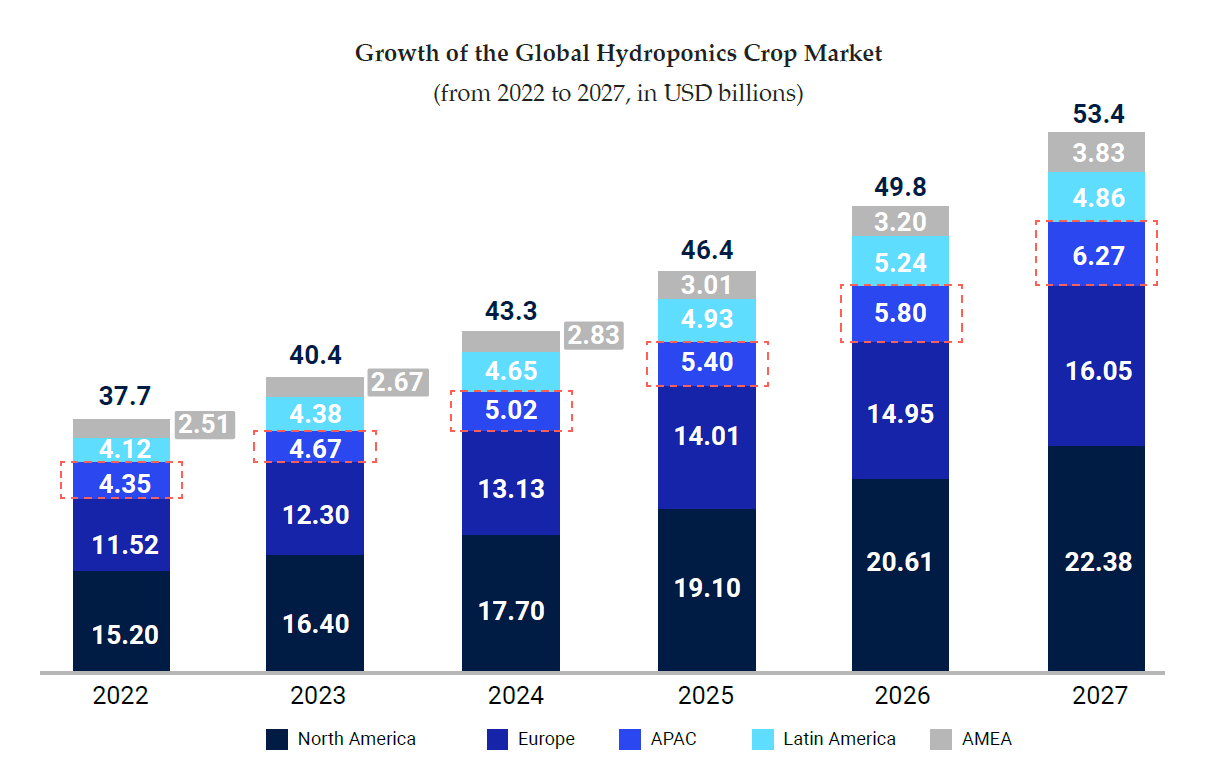
Current Progress in the United Kingdom
The United Kingdom (U.K.) has been cited as one of the leading hydroponic cultivators and producers of hydroponically grown vegetables. Thanet Earth, a British indoor farming company founded in 2005, is one of the largest producers of hydroponically grown vegetables in the world. It claims to produce around 53 million pounds of hydroponically grown crops annually or approximately 225 million tomatoes, 16 million peppers, and 13 million cucumbers.
Thanet Earth’s mission is to supply the growing demand for salad vegetables which the U.K. was importing from Spain and other Mediterranean countries that had more suitable land and climate for growing these kinds of produce. It occupies around 20 acres of farmland in Birchington, Kent, one of the sunnier and more temperate regions of the U.K. Despite being located in one of the U.K.’s optimal farming climate regions, Thanet Earth chooses to maintain an indoor greenhouse environment under stringently controlled conditions. This means a combination of 40,000 LED and sodium lights, each running on 1000W, an automated system of blinds, and cultured bees and insects to help with pollination, to name a few. Consistency of environment conditions and sterility are vital to hydroponic indoor farms to eliminate the threat of plant viruses, which could heavily impact their operations.
This is all done to simulate the best possible environment to yield consistent quality vegetables. While Thanet Earth is one of the largest hydroponic producers of salad vegetables in the U.K., their current production capacity only meets roughly 5% of the U.K.’s total demand. Despite this, Thanet Earth will rise to meet the current demand and will aim to expand its current operations and set up indoor farms in more locations to serve areas in the U.K. and beyond.
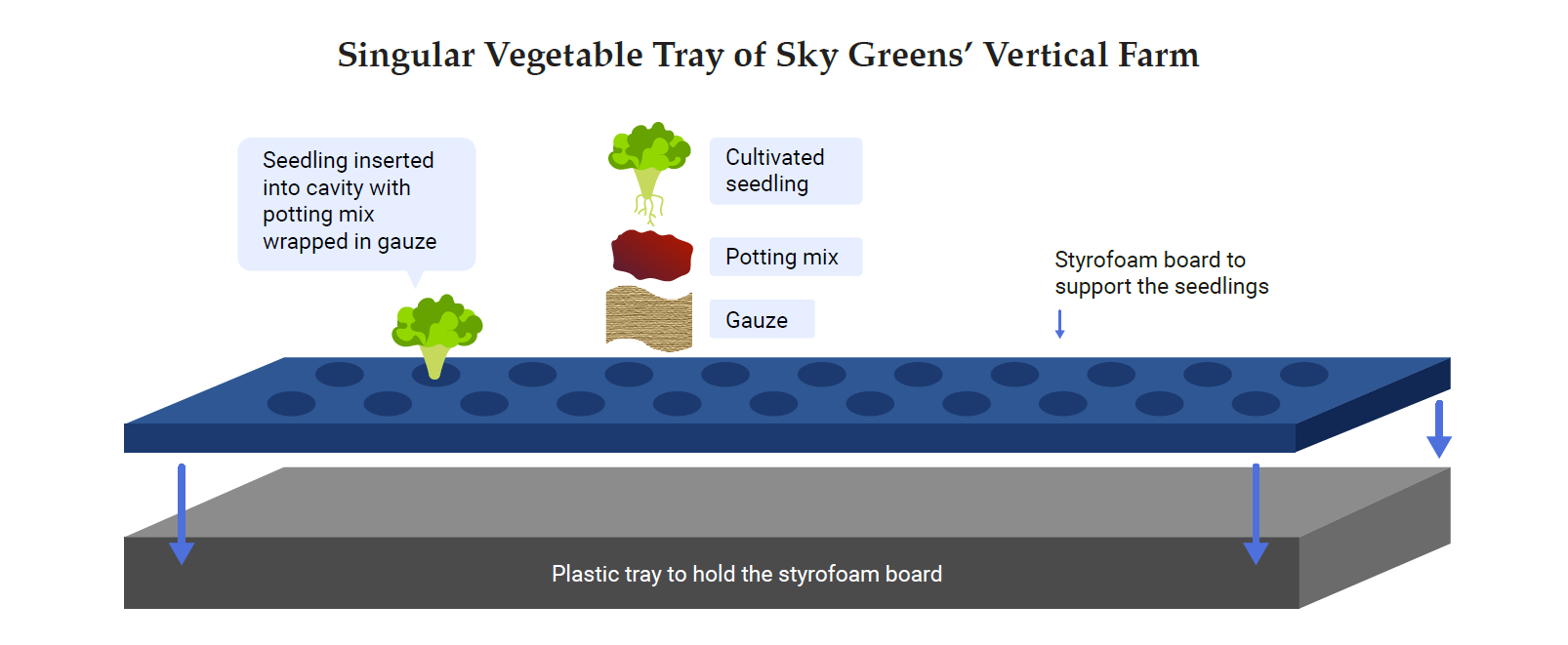
Hydroponic Innovation in Singapore
Within Asia, vertical farms have also emerged especially in countries like Singapore where land is scarce and demand for fruits and vegetables is high thus resulting in a dependence on imports. Even before the advent of the COVID-19 pandemic, Singapore has been trying to achieve better food supply resilience which has spurred the development within the agri-food technology sector. Sky Urban Solutions is one of the Singaporean companies that emerged in 2011 to meet the need for local and sustainable fresh vegetables. Jack Ng is the inventor of Sky Greens, the first low carbon hydraulic water-driven vertical farm system.
Ng formed a research collaborative agreement with the Agri-Food and Veterinary Authority of Singapore (AVA), aiming to help cities like Singapore actualize food security and food safety targets and promote seamless integration of low carbon footprint agriculture to urban living. With an investment of 1 million SGD and two years working with AVA, Ng launched a six-tier vertical farm called A-Go-Gro which utilizes the hydroponic technique of revolving trays of vegetables around a six- to nine-meter-tall aluminum tower. Each tower occupies roughly 59 square feet and can carry a maximum of 38 vegetable trays and can produce 50 to 100 kilograms of vegetables for every 28 to 30-day growing cycle. As of 2015, Sky Greens has reached a total production capacity of 800 tons per hectare per year.
Ng and AVA’s A-Go-Gro System is designed to conserve resources. The water that flows through the towers is recycled and filtered before returning to the vegetables through a sprinkler which mists the plants three times a day. Additionally, all the organic waste generated by Sky Greens is reused and composted, ensuring that carbon footprint is kept to a minimum. It is estimated that producing one kilogram of vegetables using the A-Go-Gro tower costs 0.50 SGD of electricity and 12 liters of water.
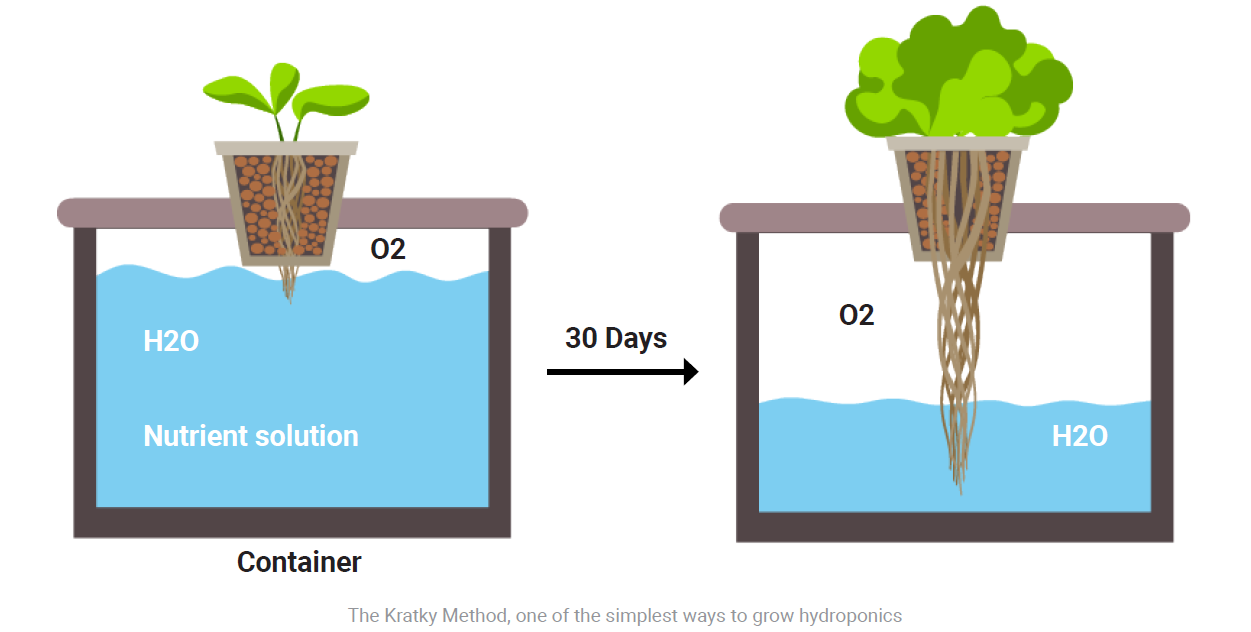
An Overview of Hydroponics in the Philippines
In the Philippines, the first commercial hydroponics farm was reportedly set up in 1981. Back in the early adoption years of hydroponic farming in the Philippines, getting started usually required a large amount of capital and was very input-intensive, which weakened the attractiveness of the industry. Traditional hydroponics typically requires a greenhouse (to shield the plants from harsh weather), electricity to power UV lights (to act as artificial sunlight), air conditioning equipment (to keep room temperature regulated), a pH tracker (to track any changes in acidity or basicity in the water, which may be detrimental to the health and life of the plant), and a water pumping system (to circulate water and aerate the plants). In pursuit of simplifying hydroponics, Dr. Primitivo Santos and Dr. Eureka Ocampo—leading experts in hydroponics—founded the Simple Nutrient Addition Program (SNAP) in 2005.
SNAP hydroponics was created to lower the barriers of entry for potential hydroponics farmers, in the hope of making modern farming methods more appealing, more accessible, and possibly something to profit from. SNAP is a program designed to train and certify its participants in creating an easy-to-use and low-cost hydroponics system—mainly using the Kratky method, a passive hydroponic technique done by suspending the seedlings above a reservoir of nutrient-rich water, which does not require any electricity—for household-level and small-scale commercial vegetable production. SNAP is also the pioneer for developing, marketing, and selling the local “gold standard” nutrient solution, called SNAP nutrients, which comes in a set of two bottles containing a mineral nutrient solution and is used by most hydroponic agriculturalists in the Philippines. The SNAP nutrient solution was developed by the Institute of Plant Breeding (IPB) at the University of the Philippines Los Baños (UPLB) and was a joint project with the Department of Agriculture (DA) and the Bureau of Agricultural Research (BAR) in the Philippines.
The SNAP nutrient solution is formulated as a “set and forget” technology wherein users can simply add the nutrient solution into the water culture without worrying about fluctuating pH levels in the water culture. pH levels of the water culture are important in any kind of hydroponics set up because any deviation from the acceptable pH range (5.5 to 6.5) will inhibit the plant’s absorption of nutrients and cause the plant to die. The SNAP nutrient solution is manufactured by the IPB Physiology Laboratory is only sold by SNAP authorized resellers, mostly online. Becoming an authorized reseller requires completing the “Training Course on Hydroponics Vegetable Production with Emphasis on SNAP Hydroponics” which is conducted by the IPB at UPLB.
To get insight into other industries in Asia, subscribe to our newsletter here and check out these reports:
- Policy Ambitions Versus Reality – The Current Energy Transition in Vietnam
- How Generative AI Will Impact Professionals and the Job Market
- Why Businesses Should Adopt Artificial Intelligence Strategies
